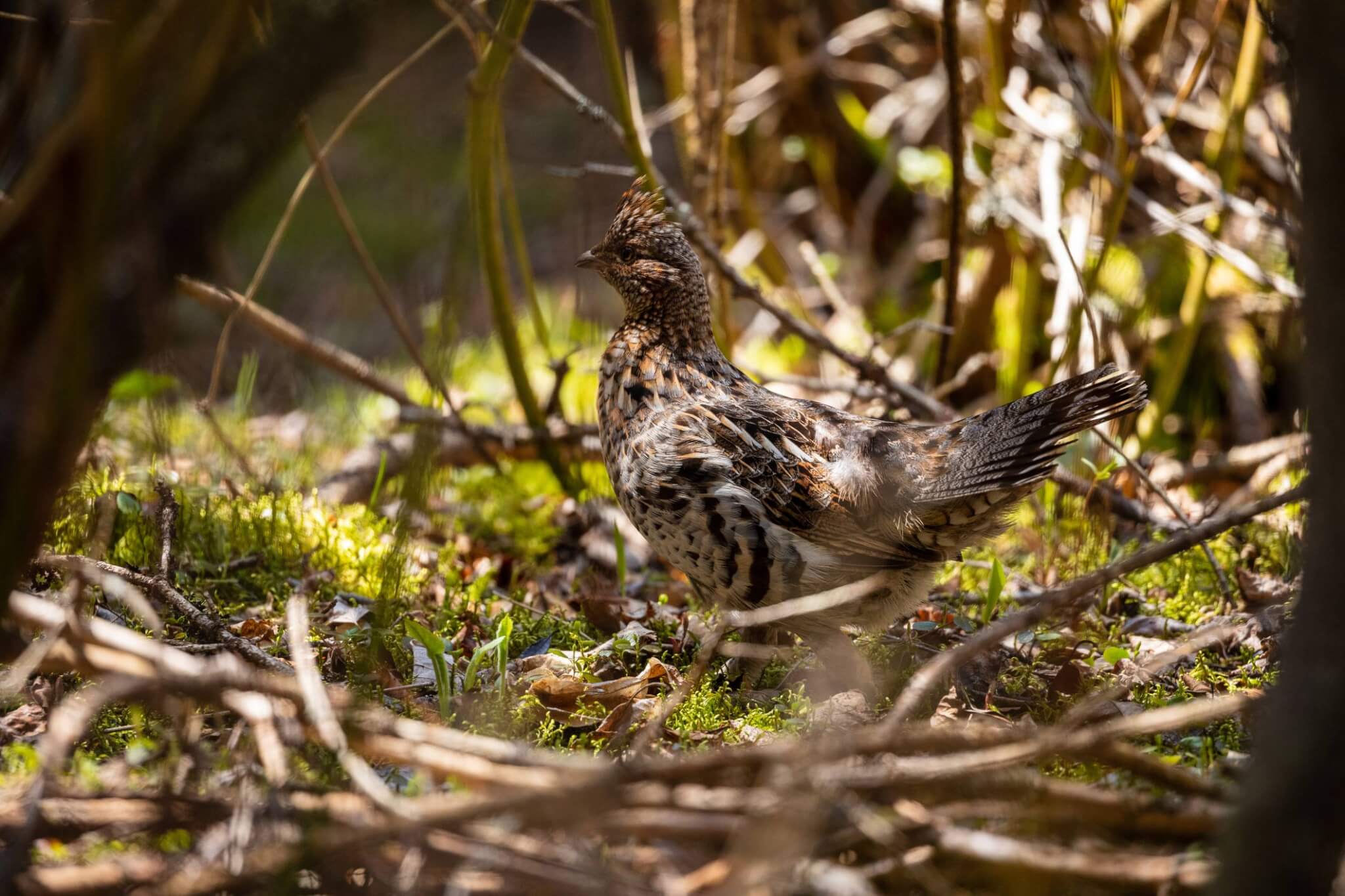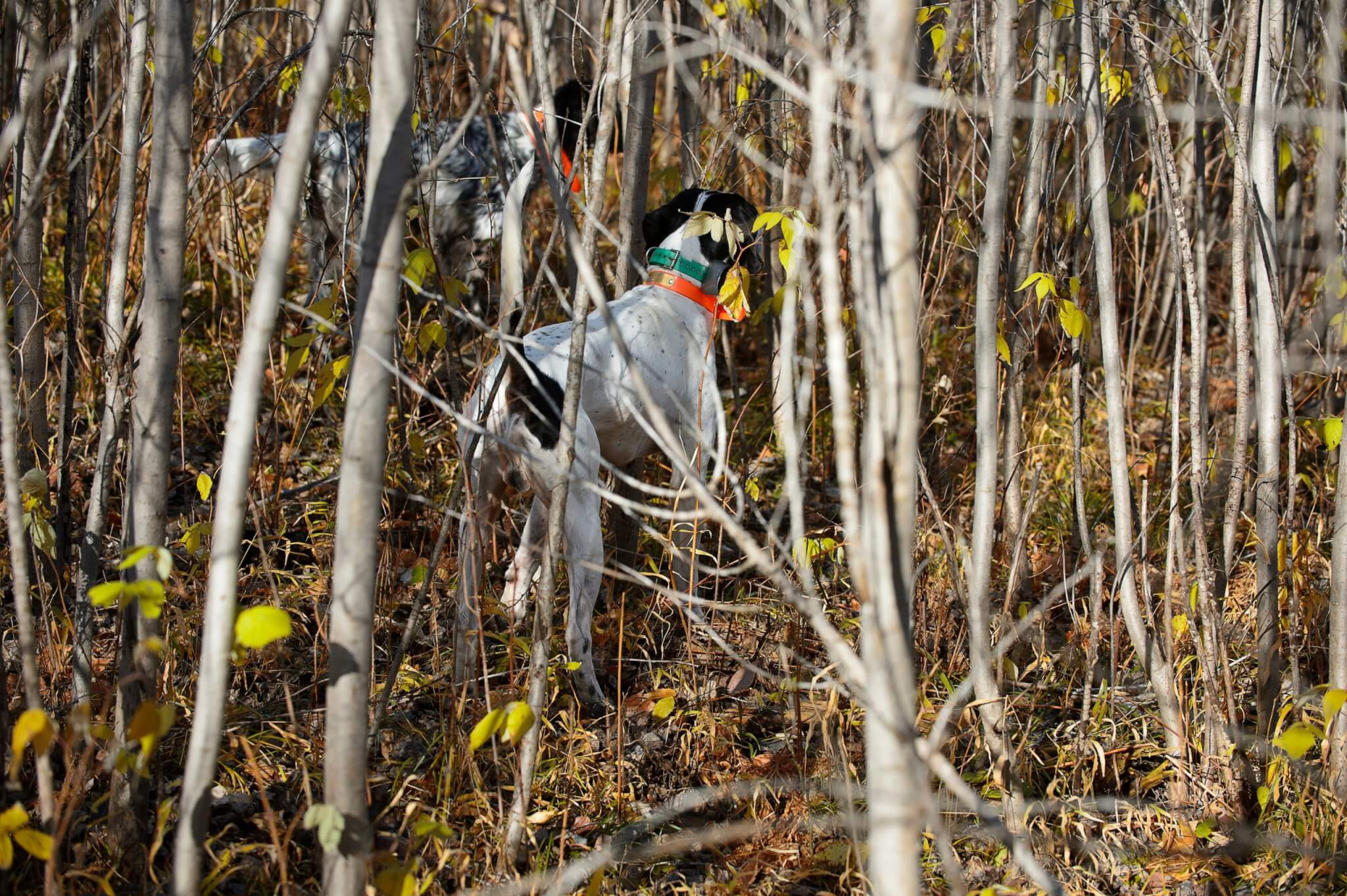
How to find the best grouse hunting areas in Michigan
Bird Hunters need to know the harvest years and the habitat breakdown in order to find ruffed grouse
Ann Jandernoa
August 24, 2022
Find the Cover, Find the Grouse
Ruffed Grouse thrive in young forests. Today, clear-cut logging creates prime habitat by providing critical food sources and cover. This is why Scout-N-Hunt not only identifies over 50 different forest types on their maps besides the normal (aspen, conifer, oak etc.), we also identify the year of the last logging activity (Harvest) on Federal, State & Commercial Forest Lands in Michigan.
How Many Acres in Michigan are desirable hunting zones for Grouse?
In Michigan, we have identified 11,184 cuts across 324,942 acres of public hunting land for 2022 season. These grouse hot spots have young forest regenerating and also areas that identify potential population shifts. We focus on aspen harvest that were clear-cut 9-16 years ago and should now be ideal Prime Habitat. We also identify some younger cuts for the woodcock hunter that are 7 to 8 years of age. This gives you a starting point. When I go into a cut, I am always evaluating a cut based on density, type of floor covering or lack thereof and consistency of canopy.
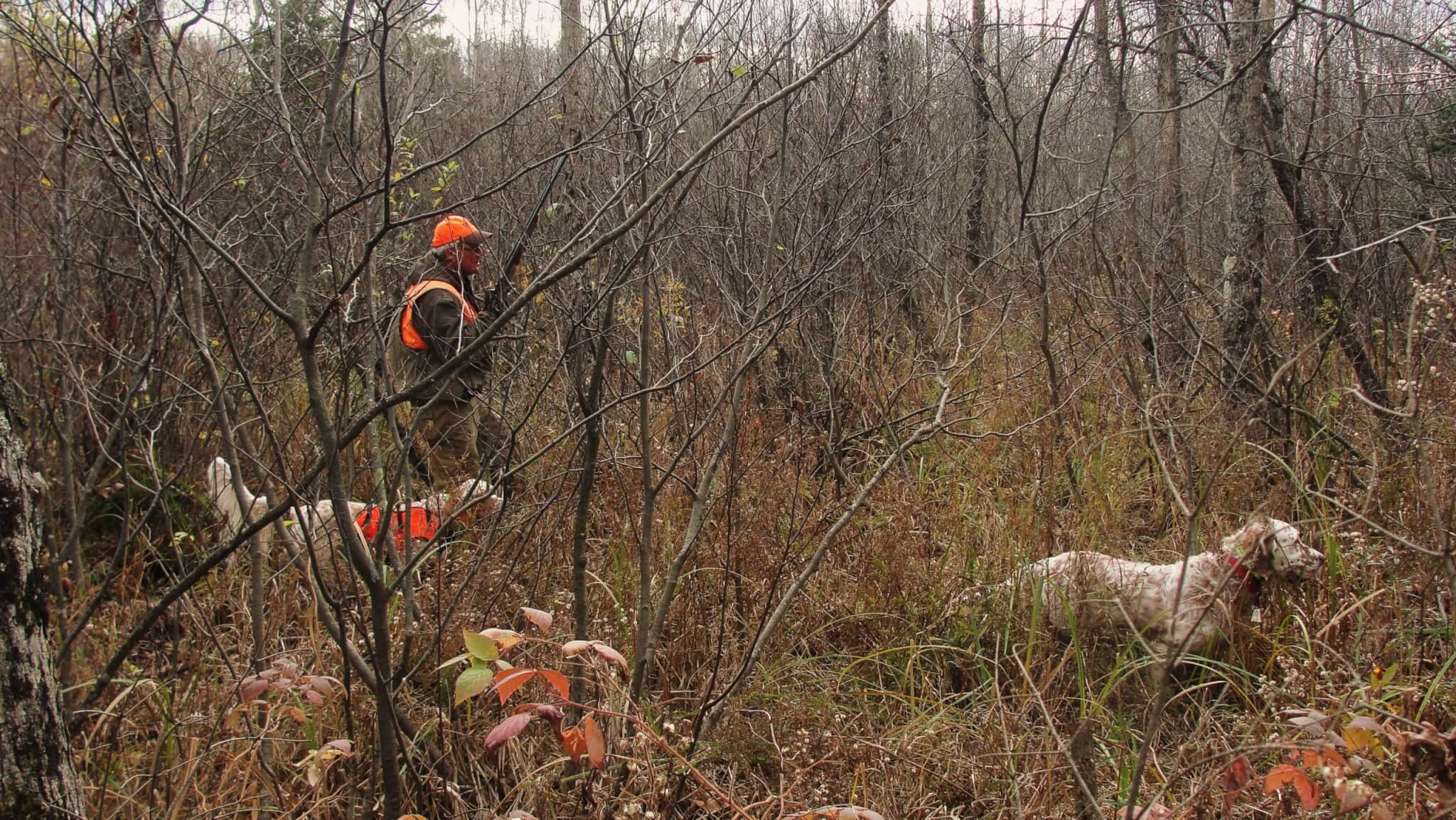
Tag Alder cover is a great area for woodcock but also can be an escape area for a grouse.
Marginal Habitat layers are also mapped. These are areas that are starting to age out. The upland bird hunter can use marginal habitat to identify locations where a grouse population may have developed. If you know where the birds were then you can easily know where the birds will shift.
The grouse will shift from the marginal habitat to the younger prime habitat. However, by mapping the marginal habitat this also helps identify areas that contain a nice mix of conifer, aspen and an understory of hazel brush for early winter hunts.
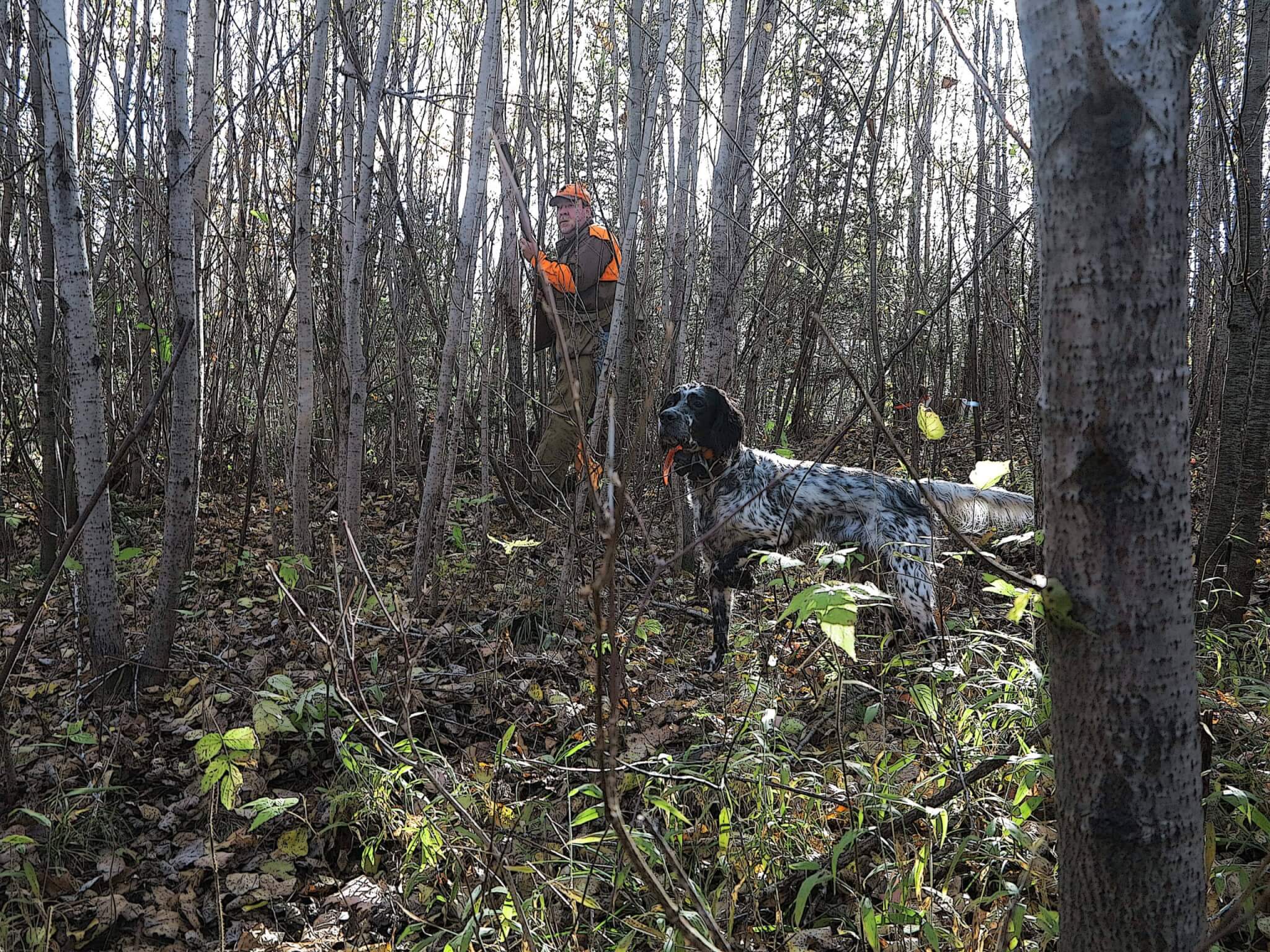
Ruffed Grouse Hunting Tips for Michigan
One thing I like about Michigan cuts is the diversity within the cuts. Meaning it isn’t one big clear cut. In Michigan, I have no problem locating some great conifer edges for grouse escape routes. Also, tag alder runs in the UP are very evident and plentiful.
Edges are well defined making it easier to breakdown an area for a morning hunt. Look where an upland edge meets a lowland tag alder edge. Or a tag alder conifer mix meets upland areas.
Change up your hunt strategy based on time of day and weather
On warmer mornings you need to think about where the sun is going to burn off the dew first. Hunt those areas early and watch for the signs that the dew is burning off. The quicker the temperature rises the shorter the window of hunting opportunity.
Wet pants that are soaking wet mean the birds are not moving much yet. Partially wet pants mean the dew is almost burned off. Pants that are almost dry mean the birds are almost done eating and are going to look for a place to loaf.
During an early season hunt these changes can happen rather quickly. The birds will move in, eat and retreat, typically about a half a flush from the lower edges. Unless they can locate an area within the cut where they can loaf after feeding. Think about where a bird would go to get out of the heat and to be cool. Look for interior pine or tag alder runs within a cut; these make great loafing areas.
Is the temperature cool?
Then focus on shadows because that is where the birds will want to loaf when the temperature warms up. On days that are not going to warm up much, the birds will start the morning typically closer to the conifers and in lower areas. Then they will move into the cut deeper as the dew burns off.
Tips for your hunting dog
Always make sure you have enough water with you and a backup plan to take care of your 4-legged companion. Know your distance from a creek, lowland bogs ponds or lakes. Also, low areas or depressions where there might be water.
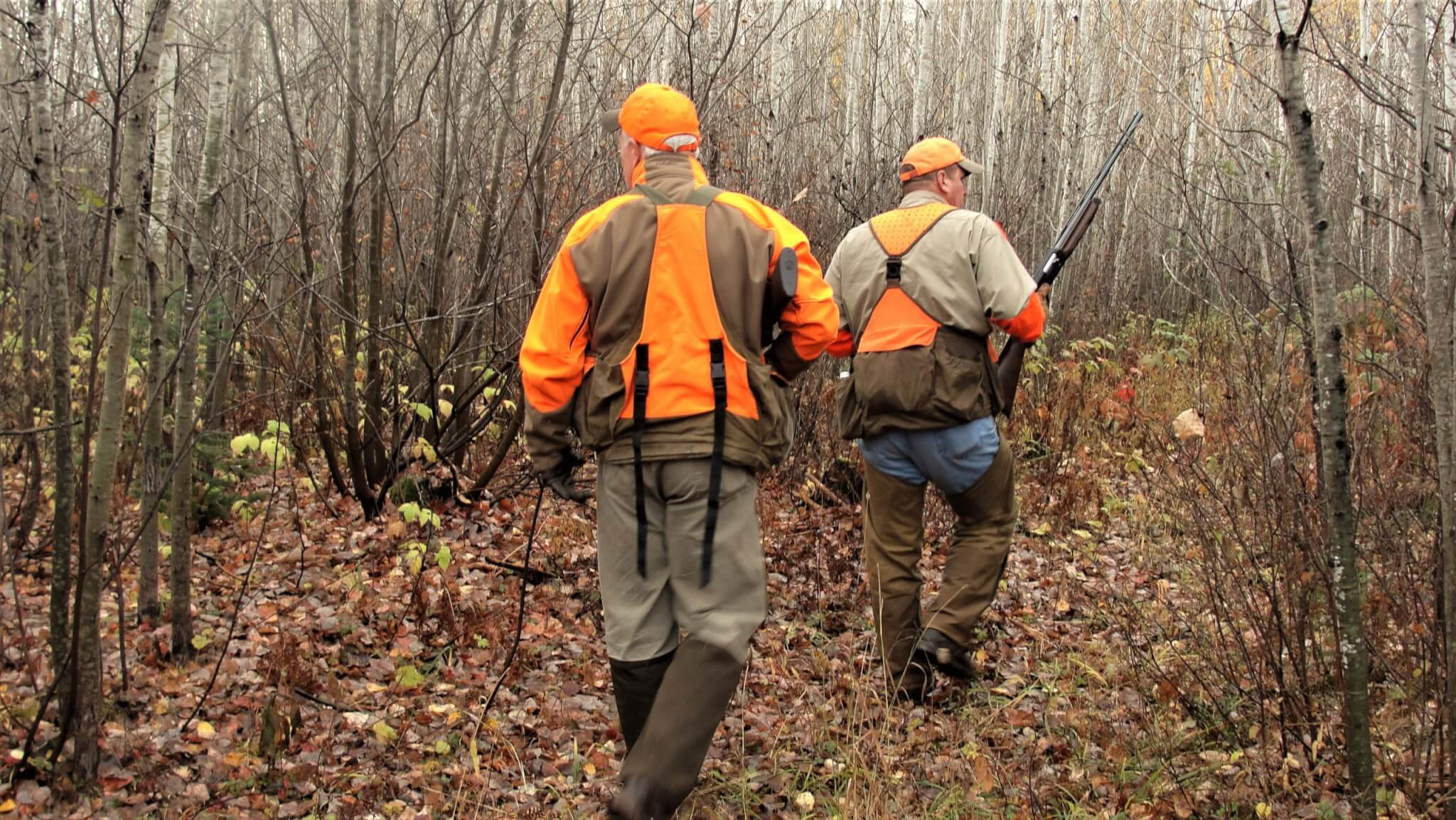
Plan where you are going to hunt in Michigan
Plenty of great grouse hunting opportunities exist in Michigan. Using the Scout-N-Hunt’s live Habitat Mapping system to locate the areas you want to hunt even before your hunting trip. No more spending hours driving to look for the habitat when it is already identified for you.You will always know your location in a cut in relationship to the surrounding habitat. Scout-N-Hunt is my go-to application for pre-planning.
My favorite cover to start the season out will be targeting 10–12-year-old cuts. Each cut you hunt take time to analyze the quality of it. Grade your cuts based on the hunt, the habitat, the edges, the consistency of cover, and even if there is a shrub component. If you have success in that type of cover, it makes sense to seek it out again in a different hunting area.
Suggestions for a week long Michigan Grouse hunting trip
If you are going to be in an area for a week plan on locating at least 25 to 30 cuts. This will give you plenty of choices and a backup plan in case you get parked out by other upland hunters.
Enjoy the fall and enjoy building a list of special areas that you will be hunting!
Michigan 2022 Grouse Hunting Dates
Ruffed Grouse
Season Dates: Sept 15 – Nov 14 and Dec 1 – Jan 1
Sharp-tailed Grouse
Season Dates: Oct 10 – Oct 31
Michigan 2022 Upland Bird Hunting Dates
Woodcock
Season Dates: Sept. 15 – Oct. 29, 2021
Pheasant (Male only)
Season Dates:
Zone 1 (UP) Pheasant Unit: Oct. 10-31
Zone 2 and 3 (LP) Pheasant Units: Oct. 20 – Nov. 14
Zone 3 (partial) Pheasant Unit: Dec. 1 – Jan. 1
Quail
Season Dates: Oct. 20 – Nov. 14
Check out Michigan’s Small Game page for License information
